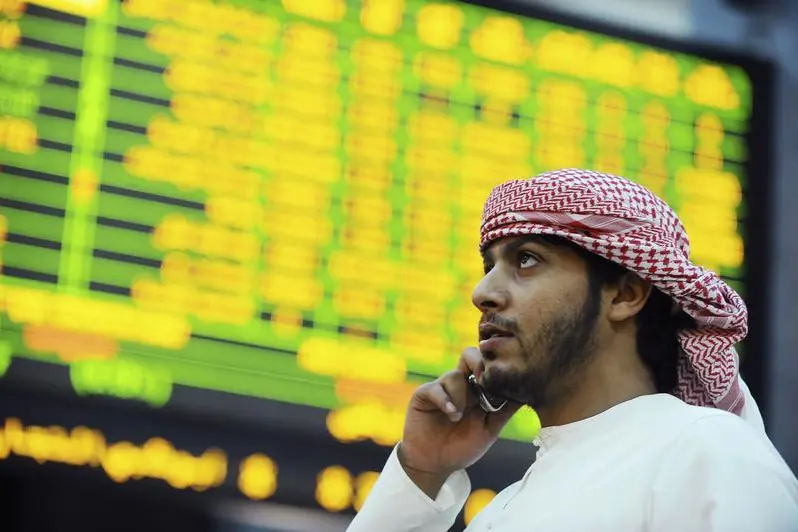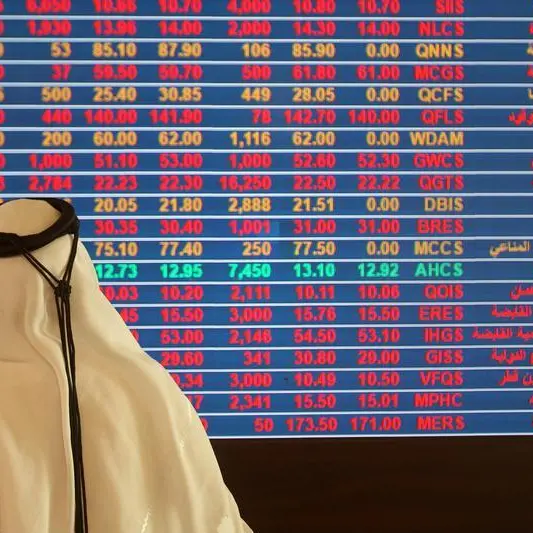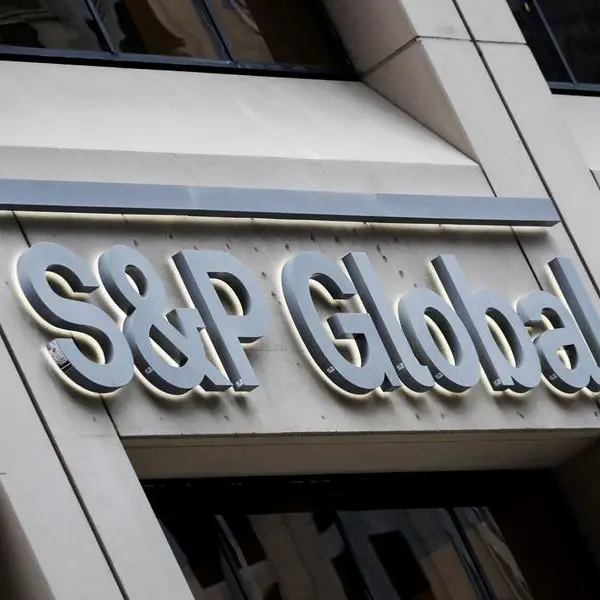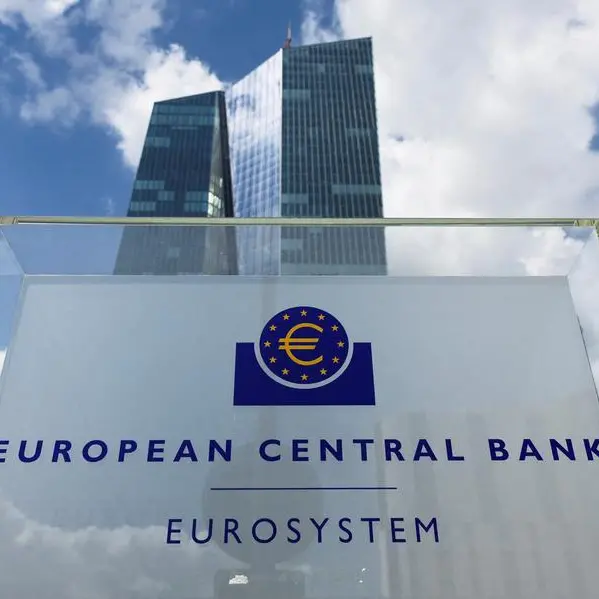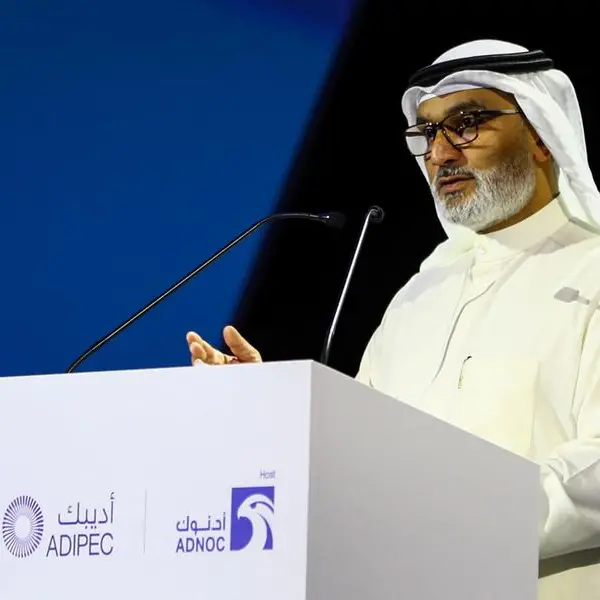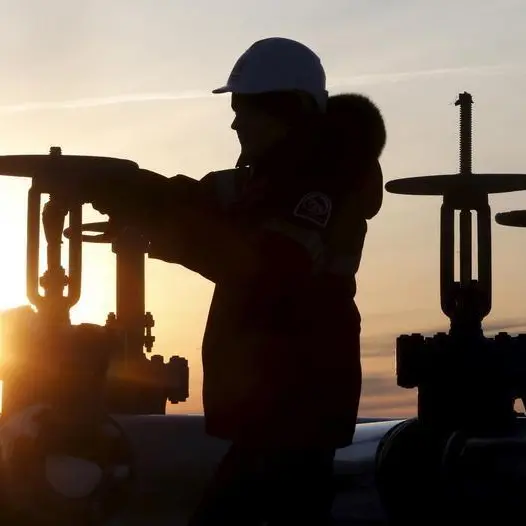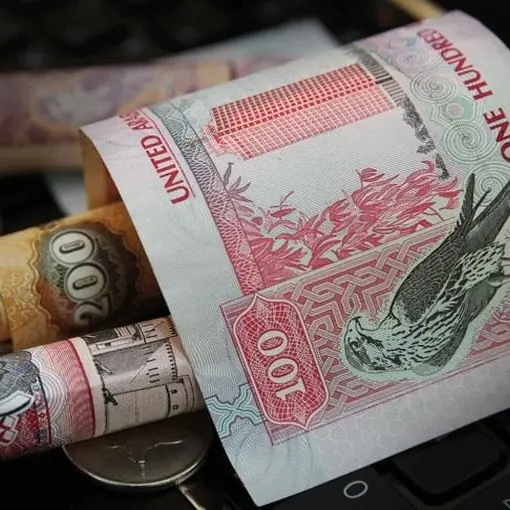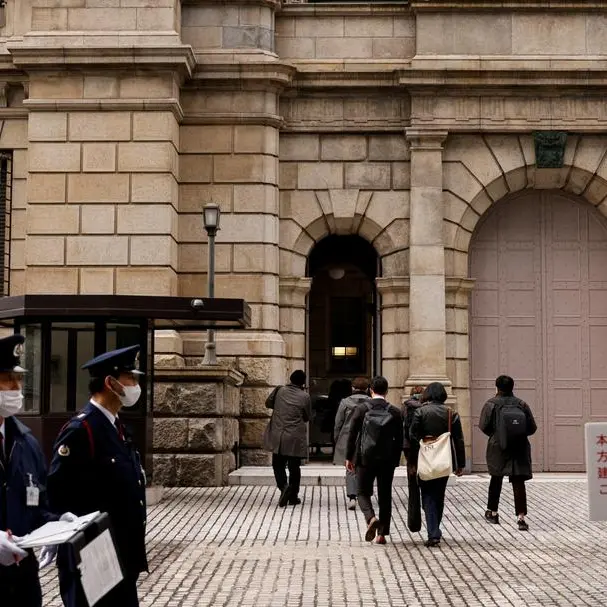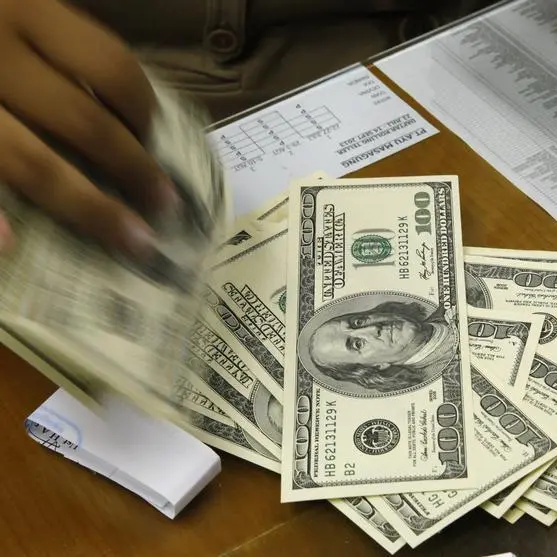PHOTO
Gulf stock markets surged to milestone highs in late 2021, but some of these gains ebbed somewhat as oil prices lowered from a three-year peak and fears over a more virulent COVID strain convinced traders to book profits.
Nevertheless, this year represents a remarkable turnaround for regional bourses. The oil price surge delivered higher-than-expected revenue for Gulf governments, giving them more financial firepower to enact post-COVID economic recovery and reform plans, said Ali El Adou, Head of Asset Management at Daman Investments, Dubai.
Positive sentiment over high vaccination rates and effective governmental responses to the pandemic, especially in the United Arab Emirates, bolstered investor confidence and helped fuel the 2021 Gulf market rebound.
“Abu Dhabi and Saudi have been the top performers this year, driven by government consolidation of businesses to create bigger companies that serve their long-term interests,” said Mohammed Ali Yasin, Chief Strategy Officer at Al Dhabi Capital, Abu Dhabi.
“Most GCC governments are above their break-even oil prices, partly because they have broadened their income by introducing new taxes and [are] better diversified from hydrocarbons.”
Meanwhile, Saudi’s initial public offering frenzy intensified, with 12 companies going public and listing on the kingdom’s bourse this year, including Saudi Tadawul Group.
“Foreign investors have been very active in Abu Dhabi, while they were underweight Saudi at the start of year,” said Adou. “Now, foreign investor interest and participation in Saudi is growing and will continue in terms of both passive and active flows. The IPOs are helping attract new investors to our markets.”
Uncertainties over China’s economy dulled the allure of many other emerging markets and brought more investors to Gulf stocks, thanks to the region’s dollar pegs and higher-than-expected oil revenues.
As of December 11, Saudi Arabia’s benchmark has fallen 8 percent from mid-October’s 15-year high, mirroring a similar retreat in oil prices. Nonetheless, the kingdom’s index remains up 25.9 percent in 2021.
“It’s a combination of everything: Vision 2030, the role of PIF [the Public Investment Fund] in the economy, its breadth and depth, the numerous IPOs,” said Adou. “Banking and petrochemicals are still the biggest sectors, but investors can rotate their money into different sectors that are reflective of the wider economy.”
Al Dhabi’s Yasin cited the bullish Saudi economic outlook and strong bourse performance over the past 18 months, with the kingdom forecasting its GDP will expand 7.4 percent next year.
Every IPO was oversubscribed 40 times or more, and whenever these listed, the stocks would make maximum gains each day for several days before stabilising, said Yasin. “That showed local investors had lots of liquidity and lots of confidence in the market.”
Currently, the Saudi bourse is trading at a combined price-to-earnings ratio of around 25, far above historical norms.
“With growth in profits, this could drop to acceptable levels and continue the positive momentum,” said Yasin.
Abu Dhabi’s benchmark reached an all-time high in early December, up 76 percent year-to-date as of December 11. ADNOC Drilling’s flotation of an 11 percent stake in the state-run oil subsidiary raised $1.1 billion, while the stock is up 82 percent as of December 14 since its October 3 bourse debut.
“Abu Dhabi’s bank mergers have created value for investors, while the new listings have pushed the index to record highs,” said Adou.
Dubai’s share index was up 29.5 percent in 2021 as of December 11, within 75 points of mid-November’s three-and-a-half-year peak. Yet volumes remain relatively subdued compared with historical highs.
Dubai’s two heavyweight sectors, banking and real estate, were up 26.7 and 37.8 percent respectively. Telecoms also prospered, gaining 23.8 percent.
Dubai Financial Market’s own stock was among the standout performers, surging 188 percent. Other notable gainers include Emaar Development, which was up 63.6 percent; Emirates NBD, which added 35.0 percent; and Deyaar, which jumped 74.0 percent.
Emaar Properties, Dubai Islamic Bank and DFM accounted for nearly half the bourse’s turnover, according to Zawya calculations based on DFM ata.
“This shows the current weaknesses in the market structure and the lack of sectoral diversification and market depth” said Adou.
The problems at several listed and formerly listed companies such as Arabtec, Drake & Scull, and Marka exacerbated the concentration of trading in blue-chip stocks. So too did the merger of Emaar Malls, a former favourite of retail traders, with its parent, Emaar, while rival developer DAMAC is also poised to also quit Dubai’s bourse.
“Overall, there has been a lack of options for investors,” added Yasin, noting the absence of any notable IPOs in the UAE from 2014 until ADNOC Drilling’s flotation.
Qatar reached a six-year high in October as oil prices nearly doubled during the first half of January.
“Companies increasing their foreign ownership limits helped Qatar’s bourse this year, [and] as the World Cup nears, economic activity should increase, and that will be reflected in the market,” Adou added.
(Reporting by Matt Smith, editing by Seban Scaria)
Disclaimer: This article is provided for informational purposes only. The content does not provide tax, legal or investment advice or opinion regarding the suitability, value or profitability of any particular security, portfolio or investment strategy. Read our full disclaimer policy here.
© ZAWYA 2021
